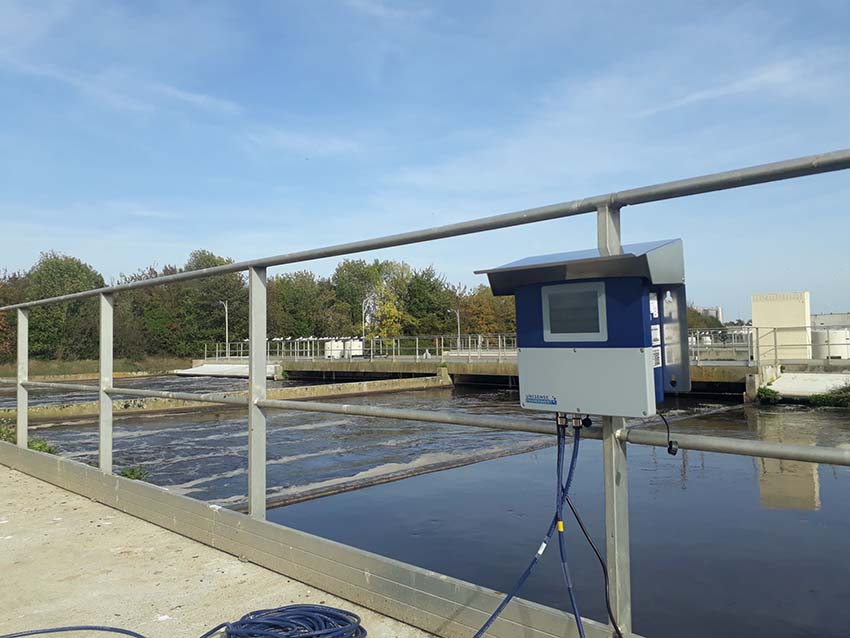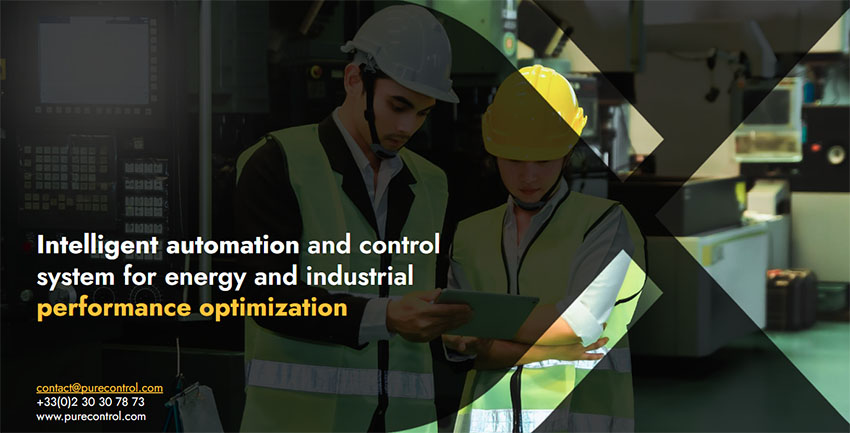2022 has been an eventful year for Purecontrol. The French cleantech offering industries a unique solution to optimize their processes is increasingly growing. The solution is easily integrated and controls the industrial installations in an optimal way by adjusting to complex and dynamic environments. This simplicity of installation is a real added value for the market, and will be more than important for 2023.
Interview with Erika Varga, PhD. Project Manager at Purecontrol.
Easy Engineering: How was 2022 for your business, a short summary?
Erika Varga: We had a very eventful year in 2022. Our team grew from 10 to 30 employees, reinforcing both our business team and our technical team. The main reason is we extended our partnership with major leaders in France, for wastewater treatment process optimization. Our projects have diversified, we are optimizing a larger number of facilities as well as different technologies. The application of artificial intelligence is gaining more attention and we want to use our expertise in a meaningful way. Purecontrol is now very active in the water industry specifically, wastewater collection and treatment. By optimizing energy efficiency, we avoided the emission of 1 000 tons of CO2 this year!
E.E: What products/services did you launch this year?
E.V: In the field of wastewater collection, we implemented a unique pumping schedule in order to avoid sewer overflows. This reduced the discharge of untreated sewage to the receiving waters up to 70% as well as the overall energy demand of the pumping stations. We also started a pilot program to reduce direct greenhouse gas (GHG) emissions at wastewater treatment facilities. The major contributor is nitrous oxide (N2O) which is produced during biological processes in the aeration tank. Together with internationally renowned experts at partner, Cobalt Water Global, we aim to integrate a specific aeration strategy into our control to reduce these emissions.

E.E: How did the market change, compared to previous years? What are the new challenges?
E.V: Modeling has widely been used for decision support in wastewater treatment and operation. Recently, data-driven modeling supported by artificial intelligence/machine learning is applied more often. With the application of Big Data in process control, the automation systems are being reinvented by solutions like ours. While occasional reluctance can be observed towards innovation, the energy crisis forces people to look at new, unconventional technologies.
E.E: Tell us about product innovation and how will it impact the future?
E.V: We are always looking into new applications, with always the same objective: having a positive impact on the future of the industry. Our team is actively researching new technologies and improving the AI model accordingly. We are keeping up-to-date on automation and control.
We would like to address the various needs of our clients. While, for example in wastewater treatment plants we traditionally target aeration control, there are numerous processes that can be optimized.

E.E: What are the industry trends in the markets you are currently active in?
E.V: With the impending energy crisis, energy efficiency is more important than ever. We even have to prepare for emergency scenarios to minimize the energy use to an extremely low level. Meanwhile, in the field of wastewater treatment, the effluent limits are getting more stringent and the protection of the receiving waters are still a priority.
E.E: What do you think the trends will be next year?
E.V: Energy efficiency remains the main imminent challenge in many fields. Furthermore, the impacts of climate change are undeniable. With water stress during droughts and devastating floods, the European water industry faces new difficulties.
The European Union aims to make Europe a climate neutral continent by 2050. The core strategy for this transformation is defined in the EU Green Deal. There are several action plans and proposals to achieve these goals, namely the European Commission adopted a “Fit for 55” set of policy proposals, which aims to reduce greenhouse gas emissions by (at least) 55% by 2030 (compared to 1990 levels). If we want to stay on track, we need to reduce both direct and indirect GHG emissions of different processes and increase the use of renewable energy.
Additionally, a new proposal of the revision of the Urban Wastewater Treatment Directive (UWWTD) has been published recently which will require significant changes in the upcoming years on the field. We studied the proposal carefully and prepared strategies to support our partners in this transformation.

E.E: What is the outlook for 2023?
E.V: Our company is looking at a rapid expansion. We are planning to deploy our solution for 1 500 additional facilities in France and Europe due to our strategic partnerships with industry leaders. We are also taking on international projects and targeting to grow our presence in the European market. To meet these challenges we are strengthening our team with 30 more new colleagues.
Outside of the numerous opportunities in the water field, we start exploring more applications in the industry, such as incineration or refrigeration systems optimization (process, energy, and GHG).


